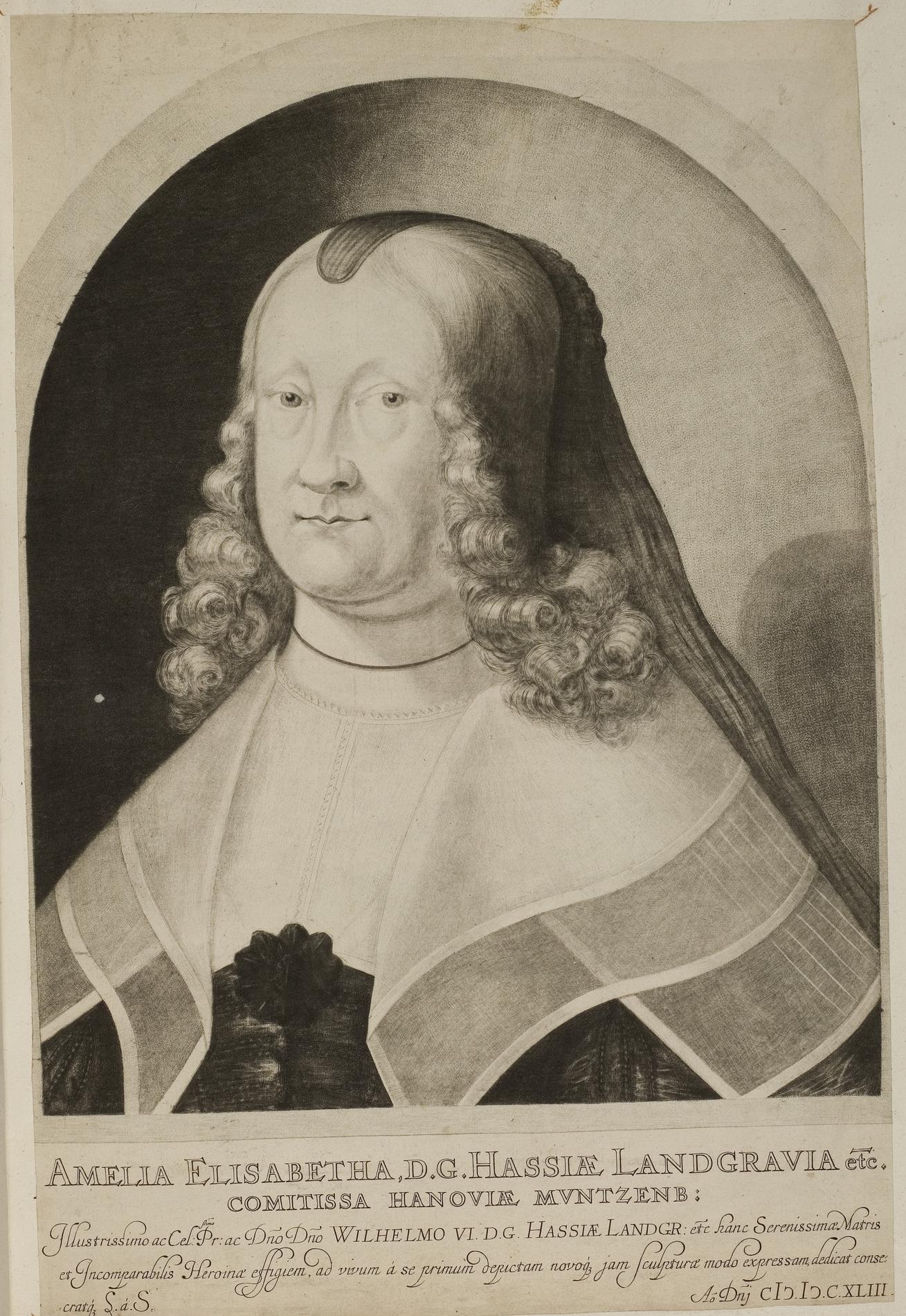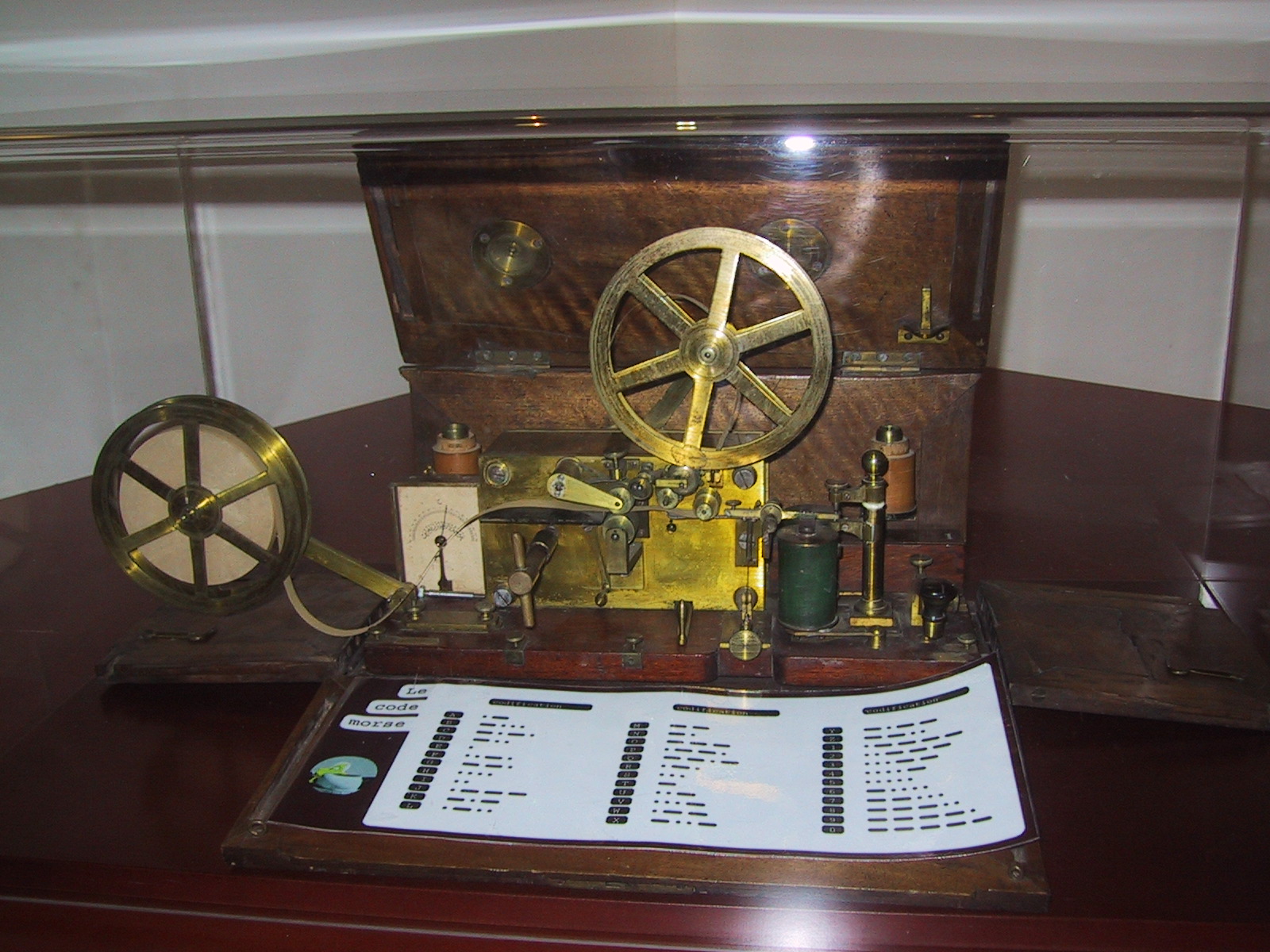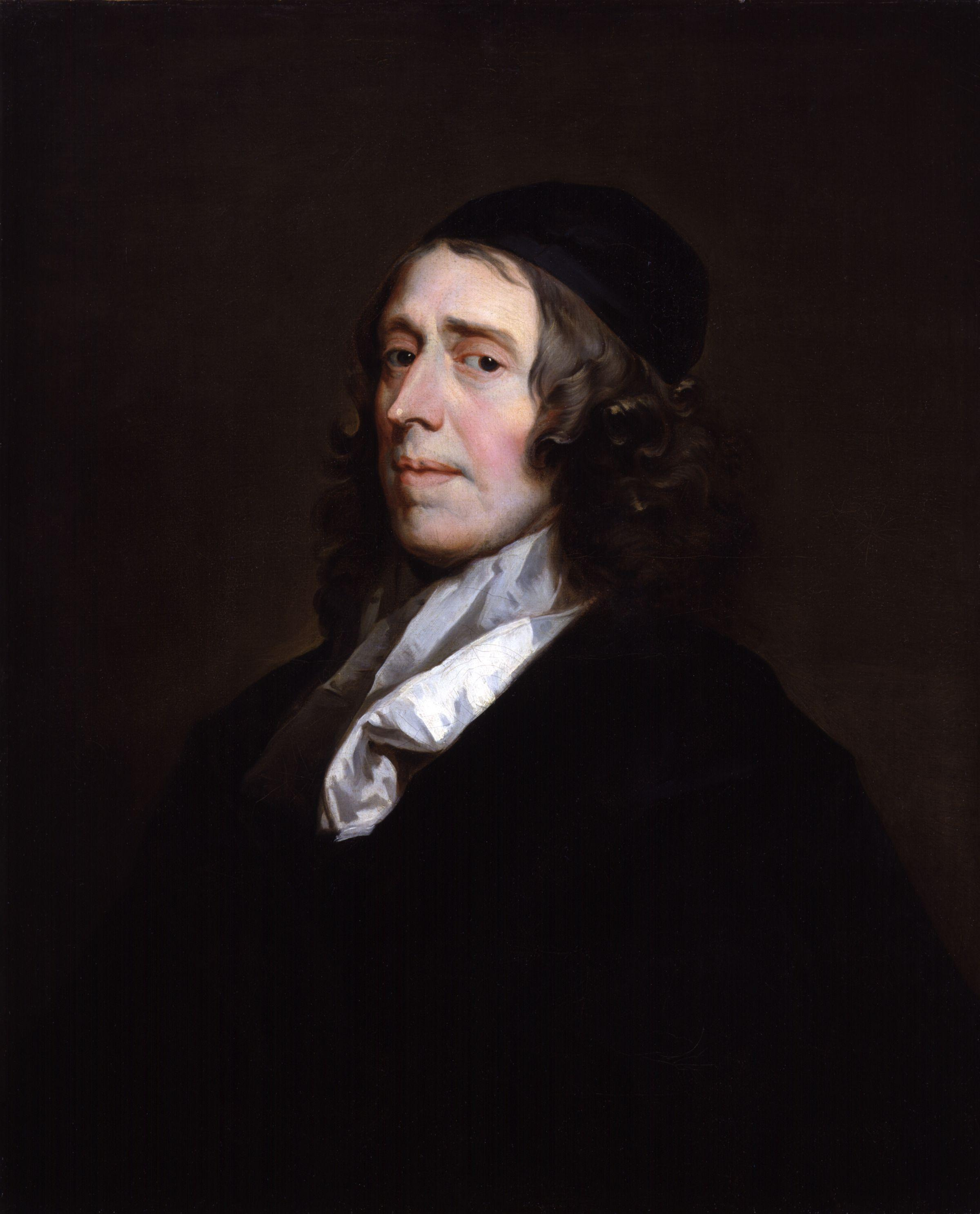|
John Collier Jones
John Collier Jones (1770 – 7 August 1838) was an academic administrator at the University of Oxford in England. The son of Richard Jones of Plympton Erle, Devon, Jones was educated at Exeter College, Oxford, matriculating in 1788 aged 18, graduating Bachelor of Arts, B.A. 1792, Master of Arts (Oxford, Cambridge, and Dublin), M.A. 1796, Bachelor of Divinity, B.D. 1807, Doctor of Divinity, D.D. 1819, and holding a fellowship 1792–1799. He was Rector (college), Rector of Exeter College, Oxford from 6 November 1819 until his death in 1838. He was also Vice-Chancellor of Oxford University from 1828 to 1832. His portrait was painted by Thomas Phillips and a mezzotint engraving was produced by Samuel Cousins and published by James Ryman in 1834. His papers are in the Bodleian Library at Oxford. References {{DEFAULTSORT:Jones, John Collier 1770 births 1838 deaths Rectors of Exeter College, Oxford Vice-chancellors of the University of Oxford ... [...More Info...] [...Related Items...] OR: [Wikipedia] [Google] [Baidu] |
John Collier Jones By Thomas Phillips
John is a common English name and surname: * John (given name) * John (surname) John may also refer to: New Testament Works * Gospel of John, a title often shortened to John * First Epistle of John, often shortened to 1 John * Second Epistle of John, often shortened to 2 John * Third Epistle of John, often shortened to 3 John People * John the Baptist (died ), regarded as a prophet and the forerunner of Jesus Christ * John the Apostle (died ), one of the twelve apostles of Jesus Christ * John the Evangelist, assigned author of the Fourth Gospel, once identified with the Apostle * John of Patmos, also known as John the Divine or John the Revelator, the author of the Book of Revelation, once identified with the Apostle * John the Presbyter, a figure either identified with or distinguished from the Apostle, the Evangelist and John of Patmos Other people with the given name Religious figures * John, father of Andrew the Apostle and Saint Peter * Pope John (disambigu ... [...More Info...] [...Related Items...] OR: [Wikipedia] [Google] [Baidu] |
Mezzotint
Mezzotint is a monochrome printmaking process of the intaglio (printmaking), intaglio family. It was the first printing process that yielded half-tones without using line- or dot-based techniques like hatching, cross-hatching or stipple. Mezzotint achieves tonality by roughening a metal plate with thousands of little dots made by a metal tool with small teeth, called a "rocker". In printing, the tiny pits in the plate retain the ink when the face of the plate is wiped clean. This technique can achieve a high level of quality and richness in the print, and produce a furniture print which is large and bold enough to be framed and hung effectively in a room. Mezzotint is often combined with other intaglio techniques, usually etching and engraving, including stipple engraving. The process was especially widely used in England from the eighteenth century, and in France was called ''la manière anglais'' (“the English manner”). Until the 20th century it has mostly been used for ... [...More Info...] [...Related Items...] OR: [Wikipedia] [Google] [Baidu] |
1838 Deaths
Events January–March * January 10 – A fire destroys Lloyd's Coffee House and the Royal Exchange in London. * January 11 – At Morristown, New Jersey, Samuel Morse, Alfred Vail and Leonard Gale give the first public demonstration of Morse's new invention, the telegraph. * January 21 – The first known report about the lowest temperature on Earth is made, indicating in Yakutsk. * January 23 – A 7.5 earthquake strikes the Romanian district of Vrancea causing damage in Moldavia and Wallachia, killing 73 people. * February 6 – Boer explorer Piet Retief and 60 of his men are massacred by King Dingane kaSenzangakhona of the Zulu people, after Retief accepts an invitation to celebrate the signing of a treaty, and his men willingly disarm as a show of good faith. * February 17 – Weenen massacre: Zulu impis massacre about 532 Voortrekkers, Khoikhoi and Basuto around the site of Weenen in South Africa. * February 24 – U.S. Representatives William J. Graves ... [...More Info...] [...Related Items...] OR: [Wikipedia] [Google] [Baidu] |
1770 Births
Events January– March * January 1 – The foundation of Fort George, Bombay is laid by Colonel Keating, principal engineer, on the site of the former Dongri Fort. * February 1 – Thomas Jefferson's home at Shadwell, Virginia is destroyed by fire, along with most of his books. * February 14 – Scottish explorer James Bruce arrives at Gondar, capital of Abyssinia (modern-day Ethiopia) and is received by the Emperor Tekle Haymanot II and Ras Mikael Sehul. * February 22 – Christopher Seider, an 11-year-old boy in Boston in the British Province of Massachusetts Bay, is shot and killed by a colonial official, Ebenezer Richardson. The funeral sets off anti-British protests that lead to the massacre days later. * March 5 – Boston Massacre: Eleven American men are shot (five fatally) by British troops, in an event that helps start the American Revolutionary War five years later. * March 21 – King Prithvi Narayan Shah shifts ... [...More Info...] [...Related Items...] OR: [Wikipedia] [Google] [Baidu] |
George Rowley (academic)
George Rowley (4 April 1782 – 5 October 1836) was Dean (education), Dean and Master (college), Master of University College, Oxford and Vice-Chancellor of Oxford University. Education Rowley was educated at John Roysse's Free school (England), Free School in Abingdon-on-Thames (now Abingdon School). Career George Rowley was the Dean of University College in the early 19th century, at the time of Percy Bysshe Shelley's expulsion for writing the pamphlet ''The Necessity of Atheism'' in 1811. He became Master of University College from 1821 to 1836 and later Vice-Chancellor of Oxford University from 1832 to 1836. He was elected as a Fellow of the Royal Society on 14 November 1811. See also * List of Old Abingdonians References 1782 births 1836 deaths People educated at Abingdon School Fellows of University College, Oxford Masters of University College, Oxford Vice-chancellors of the University of Oxford Fellows of the Royal Society {{UOxford-stub ... [...More Info...] [...Related Items...] OR: [Wikipedia] [Google] [Baidu] |
Richard Jenkyns
Richard Jenkyns (1782 – 16 March 1854) was a British academic administrator at the University of Oxford and Dean (Christianity), Dean at Wells Cathedral. Life Jenkyns was born in Evercreech in Somerset, and was baptised on 21 December 1782. He was the eldest son of John Jenkyns (1753–1824), prebendary of Wells, and his wife Jane (). He was appointed a Oxbridge Fellow, Fellow of Balliol College, Oxford, in 1802, and later served as a Tutor in 1813, Bursar in 1814, and Master (college), Master from 23 April 1819 until his death in 1854. He was awarded a Master of Arts (Oxbridge and Dublin), Master of Arts in 1806 and a Doctor of Divinity in 1819. During his time as Master at Balliol College, Jenkyns also served as Vice-Chancellor of Oxford University from 1824 until 1828. He introduced open competition for scholarships and also raised the standard of Balliol College to the first rank at Oxford. From 1845 to 1854, Jenkyns was also Dean of Wells. References Further reading * ... [...More Info...] [...Related Items...] OR: [Wikipedia] [Google] [Baidu] |
Vice-Chancellor Of Oxford University
The vice-chancellor of the University of Oxford is the chief executive and leader of the University of Oxford. The following people have been vice-chancellors of the University of Oxford (formally known as The Right Worshipful the Vice-Chancellor): __TOC__ Chronological list * 1230 – Elyas de Daneis * 1270 – Robert Steeton * 1288 – John Heigham * 1304 – John de Oseworhd * 1311 – Walter Gifford * 1325 – Richard Kamshale * 1333 – Richard FitzRalph * 1336 – John de Ayllesbury * 1337 – John de Reigham * 1347 – Hugh de Willoughby * 1348 – William de Hawkesworth * 1367 – John de Codeford * 1368 – John de Codeford * 1377 – Robert Aylesham * 1382 – Fr Peter Stokes * 1386 – Henry Nafford or Yafford * 1389 – John Lyndon * 1391 – John Ashwardby * 1394 – Richard Ullerston * 1396 – Nicholas Faux * 1397 – William Farendon or Faringdon * 1399 &ndas ... [...More Info...] [...Related Items...] OR: [Wikipedia] [Google] [Baidu] |
John Cole (Oxford)
John Cole (1758–1819) was an Anglican priest and academic administrator at the University of Oxford. Cole was originally from Marazion in Cornwall, southwest England. He served as a chaplain in the Royal Navy (HMS Royal Oak) during the American Revolutionary wars and was educated at Exeter College, Oxford, where he gained a Master of Arts (1788), Bachelor of Divinity (1795) and Doctor of Divinity (1800). In 1808, he was elected Rector of Exeter College, Oxford. While Rector at Exeter College, Cole was also vice-chancellor of Oxford University from 1810 until 1814. At the time of his death in 1819, Cole was pro-vice-chancellor at Oxford University, Chaplain to his Royal Highness the Duke of Clarence, Rector of Yaverland in the Isle of Wight, and Vicar of Gulval in Cornwall. John Cole was buried in Perranuthnoe, Cornwall on 20 October 1819 - the Cole family had a house in Perranuthnoe parish (which lies alongside Marazion where he was born) and memorials in Perranuthnoe Chur ... [...More Info...] [...Related Items...] OR: [Wikipedia] [Google] [Baidu] |
Rector Of Exeter College, Oxford
The following is a list of rectors of Exeter College, Oxford. Rectors of Exeter College 1318–1566 1566–1887 *John Neale (Whitsuntide 1566 – deprived 12 October 1570) * Robert Newton (31 October 1570 – resigned 4 October 1578 (see above)) *Thomas Glasier (21 October 1578 – d. 9 March 1592) * Thomas Holland (24 April 1592 – d. 17 March 1612) *John Prideaux (4 April 1612 – resigned 3 August 1642) *George Hakewill (23 August 1642 – d. 2 April 1649) *John Conant (7 June 1649 – deprived 1 September 1662) *Joseph Maynard (18 September 1662 – resigned 30 April 1666) *Arthur Bury (27 May 1666 – deprived 26 July 1690) * William Paynter (15 August 1690 –d. 18 February 1716) *Mathew Hole (8 March 1716 – d. 19 July 1730) * John Conybeare (6 August 1730 – resigned 29 January 1733) *Joseph Atwell (17 February 1733 – resigned 3 March 1737) *James Edgcumbe (11 April 1737 – d. 16 May 1750) *Francis Webber (5 June 1750 – d. 29 September 1771) *Thomas Bray (22 Octo ... [...More Info...] [...Related Items...] OR: [Wikipedia] [Google] [Baidu] |
Bodleian Library
The Bodleian Library () is the main research library of the University of Oxford. Founded in 1602 by Sir Thomas Bodley, it is one of the oldest libraries in Europe. With over 13 million printed items, it is the second-largest library in Britain after the British Library. Under the Legal Deposit Libraries Act 2003, it is one of six legal deposit libraries for works published in the United Kingdom, and under Irish law it is entitled to request a copy of each book published in the Republic of Ireland. Known to Oxford scholars as "Bodley" or "the Bod", it operates principally as a reference library and, in general, documents may not be removed from the reading rooms. In 2000, a number of libraries within the University of Oxford were brought together for administrative purposes under the aegis of what was initially known as Oxford University Library Services (OULS), and since 2010 as the Bodleian Libraries, of which the Bodleian Library is the largest component. All coll ... [...More Info...] [...Related Items...] OR: [Wikipedia] [Google] [Baidu] |
London
London is the Capital city, capital and List of urban areas in the United Kingdom, largest city of both England and the United Kingdom, with a population of in . London metropolitan area, Its wider metropolitan area is the largest in Western Europe, with a population of 14.9 million. London stands on the River Thames in southeast England, at the head of a tidal estuary down to the North Sea, and has been a major settlement for nearly 2,000 years. Its ancient core and financial centre, the City of London, was founded by the Roman Empire, Romans as Londinium and has retained its medieval boundaries. The City of Westminster, to the west of the City of London, has been the centuries-long host of Government of the United Kingdom, the national government and Parliament of the United Kingdom, parliament. London grew rapidly 19th-century London, in the 19th century, becoming the world's List of largest cities throughout history, largest city at the time. Since the 19th cen ... [...More Info...] [...Related Items...] OR: [Wikipedia] [Google] [Baidu] |
National Portrait Gallery (London)
The National Portrait Gallery (NPG) is an art gallery in London that houses a collection of portraits of historically important and famous British people. When it opened in 1856, it was arguably the first national public gallery in the world that was dedicated to portraits. The gallery moved in 1896 to its current site at St Martin's Place, off Trafalgar Square, and adjoining the National Gallery. The National Portrait Gallery also has regional outposts at Beningbrough Hall in Yorkshire and Montacute House in Somerset. It is unconnected to the Scottish National Portrait Gallery in Edinburgh, with which its remit overlaps. The gallery is a non-departmental public body sponsored by the Department for Culture, Media and Sport. Collection The gallery houses portraits of historically important and famous British people, selected on the basis of the significance of the sitter, not that of the artist. The collection includes photographs and caricatures as well as paintings, drawin ... [...More Info...] [...Related Items...] OR: [Wikipedia] [Google] [Baidu] |






